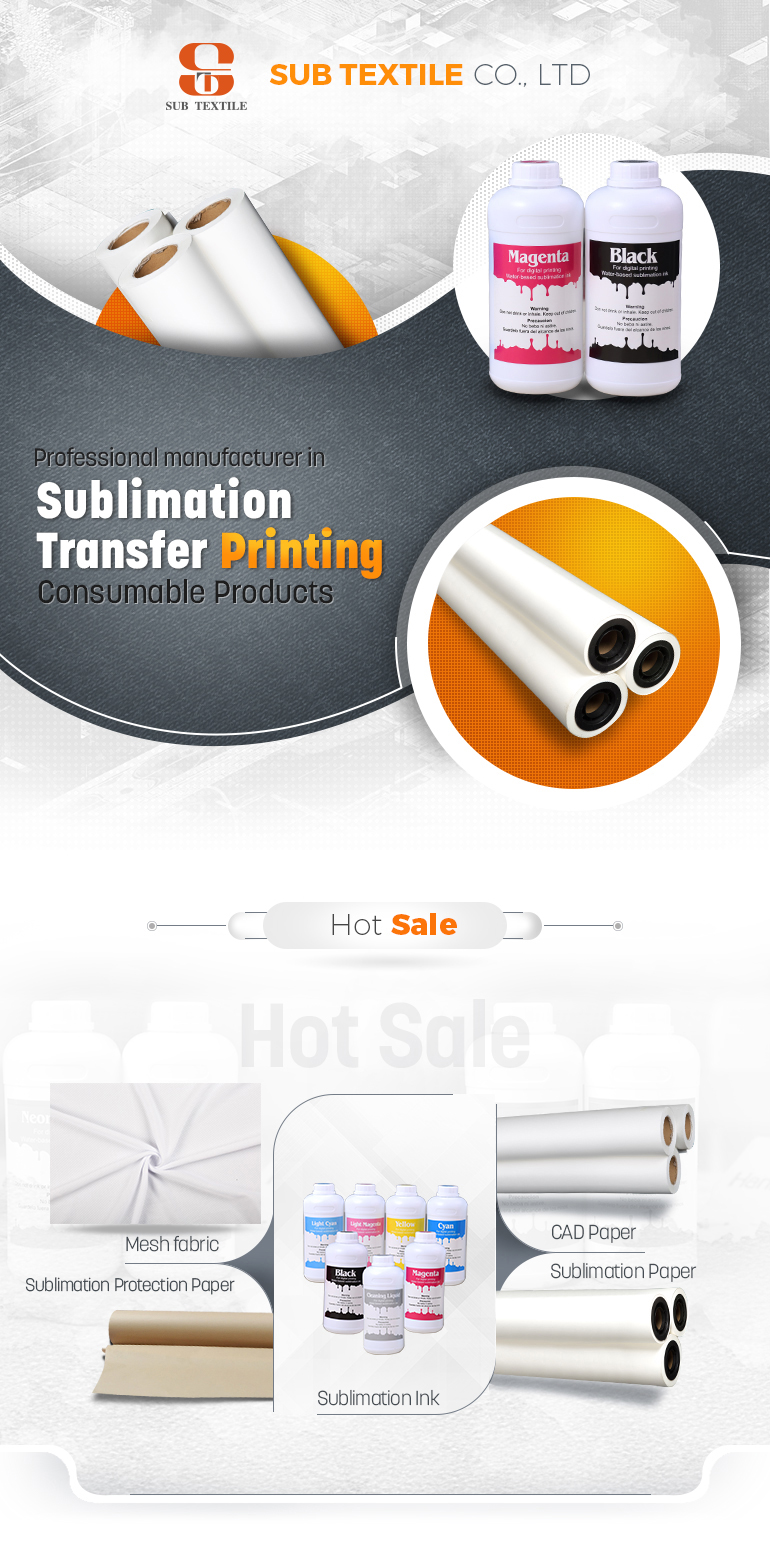 Choose sublimation paper? Focus on quality over price
Choose sublimation paper? Focus on quality over price
Apr .12.2024
Sublimation paper is a carrier in the process of sublimation printing. Its process is to use a sublimation printer to print portraits, landscapes, text and other design graphics onto the top of the sublimation paper, and then heat to make the heat transfer ink sublimation penetrate the substrate, to transfer some of the patterns to porcelain plates, textiles, metals and other materials.
 7 Factors To Consider Before Choosing A Digital Textile Printer
7 Factors To Consider Before Choosing A Digital Textile Printer
Apr .03.2024
Textiles and apparel fabrics are becoming more personalized and comfortable as people's clothing needs become more individual. Digital printing technology is becoming increasingly popular with the public due to its advantages such as high print accuracy, no need for plate making, flexible batch size, environmental protection and small footprint. However, how companies choose the right digital textile printer has become a new problem. This article discusses several factors that need to be considered when choosing a digital textile printer, hoping to give you some inspiration.
 2024 Apparel Decoration Industry Trends
2024 Apparel Decoration Industry Trends
Mar .13.2024
According to Grand View Research survey data, the global decorative apparel market size was USD 28.98 billion in 2023 and is expected to grow at a compound annual growth rate (CAGR) of 13.0% from 2024 to 2030. Increasing demand for embroidered, screen-printed, sublimated, and heat-transferred apparel pieces is driving the growth of the global market. Growing demand for reflective finishes for apparel is also creating a potential for industry players to flourish. Moreover, increasing demand for graphic t-shirts and other garments due to shifting trends will drive product sales throughout the forecast period.
 What are the features of digital textile printing equipment
What are the features of digital textile printing equipment
Feb .23.2024
The digital printing technology of textile printing equipment is a cutting-edge technology in the textile industry, integrating computer data processing and control, precision machinery and fine chemicals. With the pursuit of personalized and green clothing consumption of the new market characteristics more and more obvious, the production of flexible and efficient digital printing technology is more and more attention from enterprises. Here to learn about digital textile printing equipment, what are the characteristics of the work?

 Choose sublimation paper? Focus on quality over price
Choose sublimation paper? Focus on quality over price
 7 Factors To Consider Before Choosing A Digital Textile Printer
7 Factors To Consider Before Choosing A Digital Textile Printer
 2024 Apparel Decoration Industry Trends
2024 Apparel Decoration Industry Trends
 What are the features of digital textile printing equipment
What are the features of digital textile printing equipment